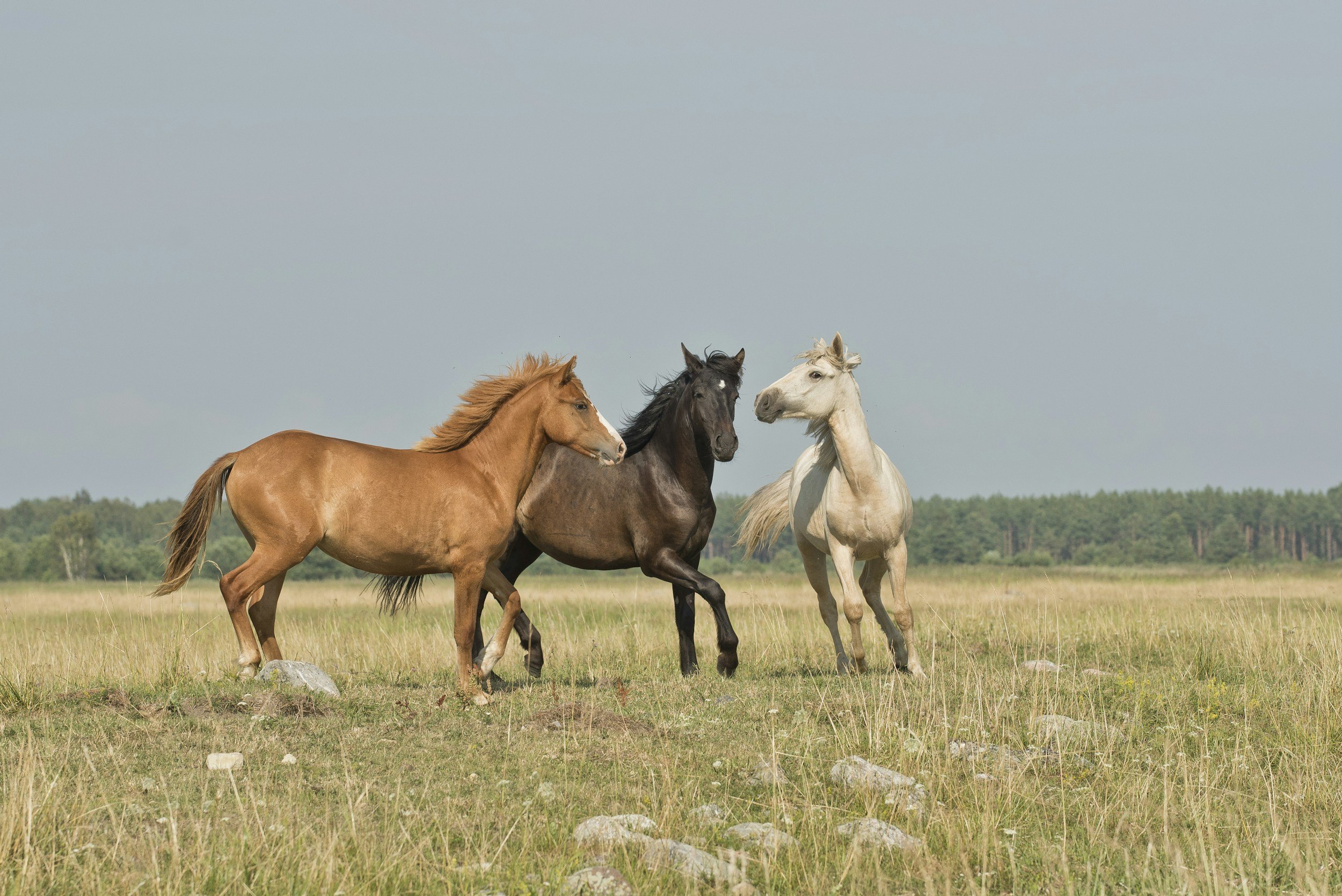
Beyond Calm: Reclaiming Somatic Healing for All Bodies—Humans and Horses
Many trauma-informed practices emphasize bringing the nervous system into a regulated state, but what happens when "regulation" is defined through the dominant culture-centered or for horses a human-centered lens? In predominantly white and western spaces, practitioners are often trained to view intensity—such as a raised voice, passionate speech, or expressive movement—as a sign that someone is dysregulated. While excitement and activation share physiological similarities (increased energy, faster speech, etc.), they are not the same. The key difference is whether the activation feels expansive and life-affirming (excitement, engagement, passion) or overwhelming and chaotic (dysregulation, fight/flight).

Self Care Science
The sympathetic and parasympathetic nervous system is crucial in the science of self care. Together these two systems control internal body processes. This regulatory system determines whether we will survive or thrive

Permission to Play
What will it take to allow time for play..
Horses have to feel safe to roll around on the ground within the herd or with humans around. It can be a vulnerable move for them. Whenever I am able to witness this it makes my heart tingle and I feel the energy of laughter and playfulness. Its infectious!
